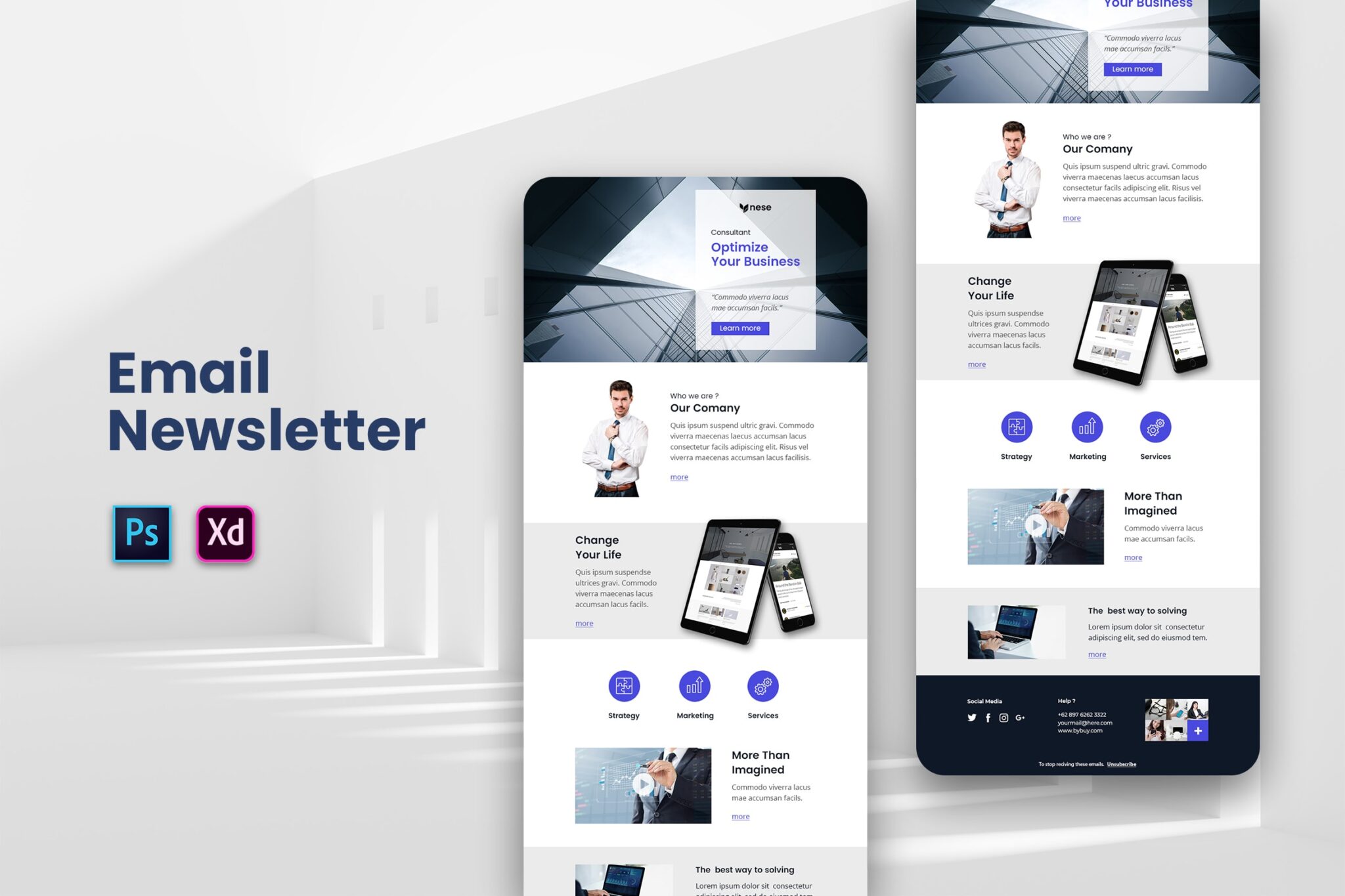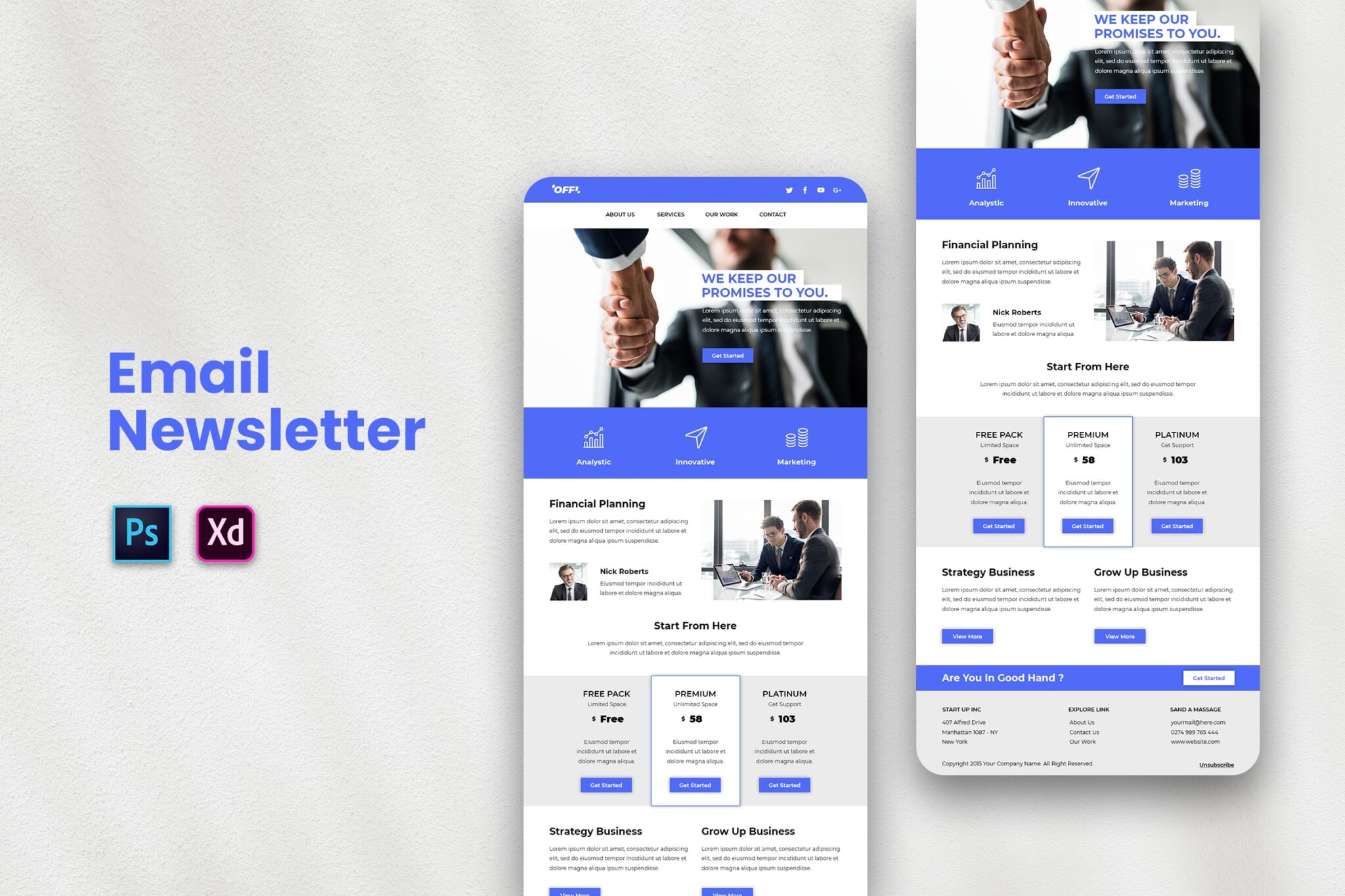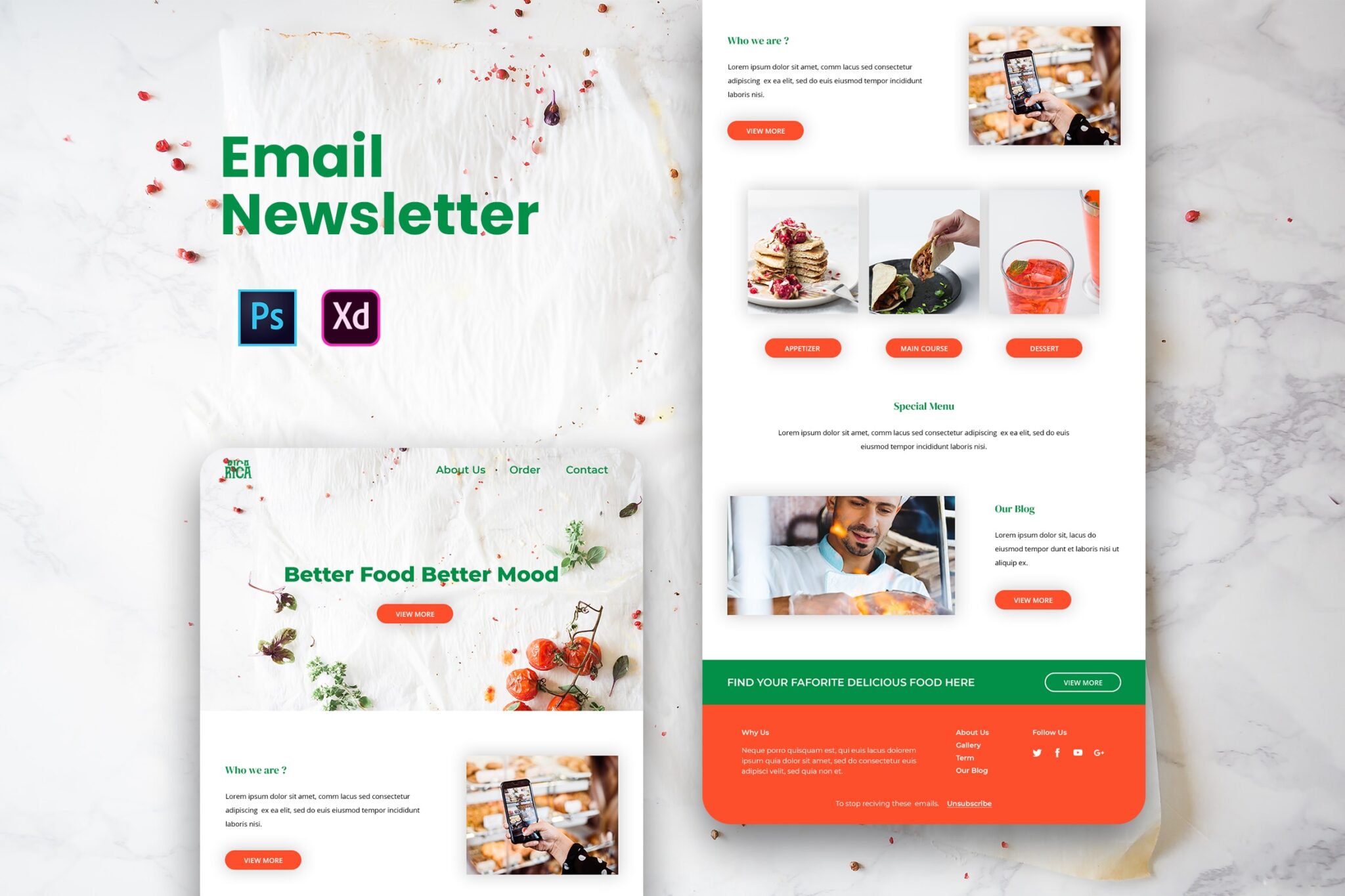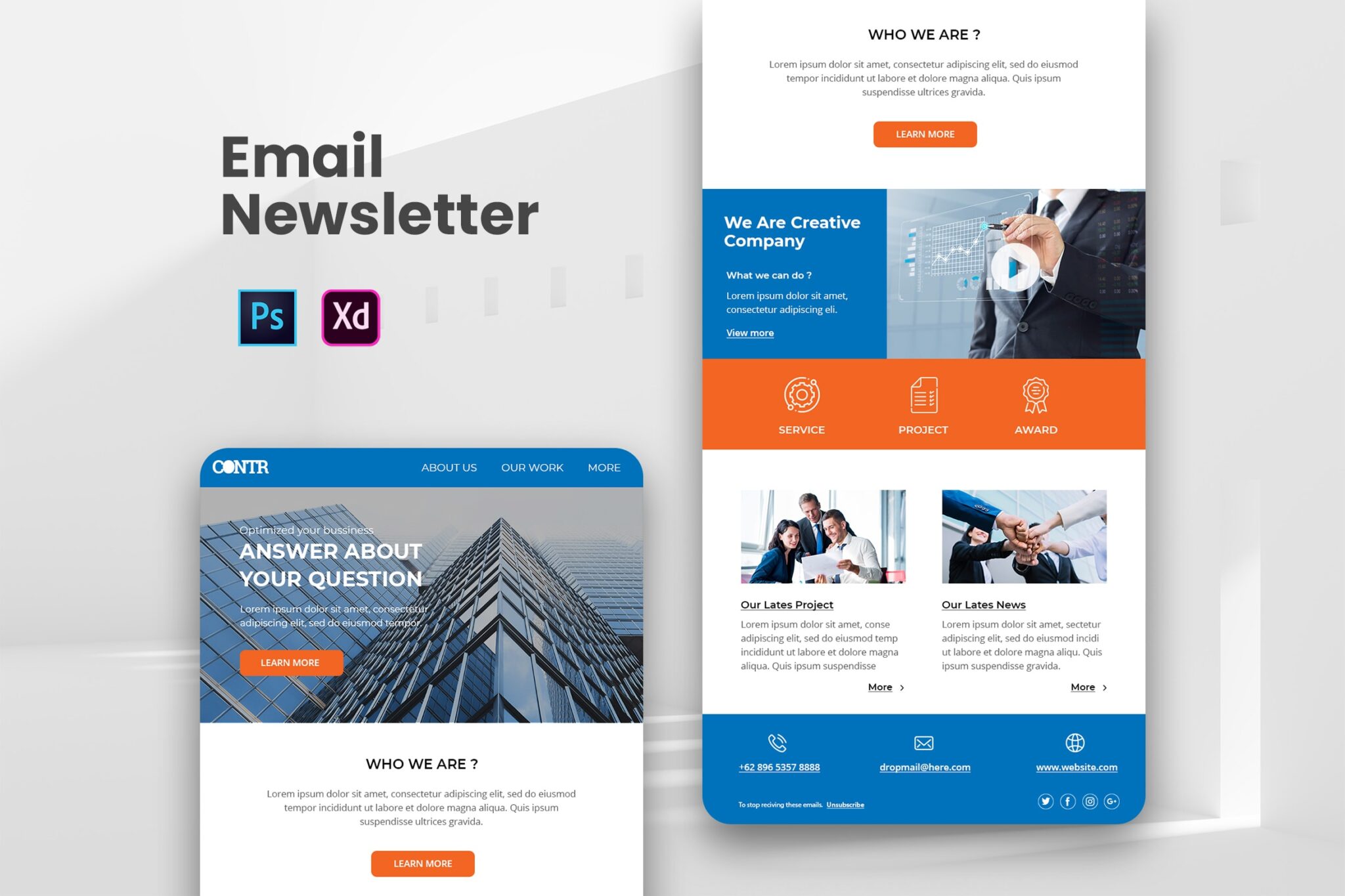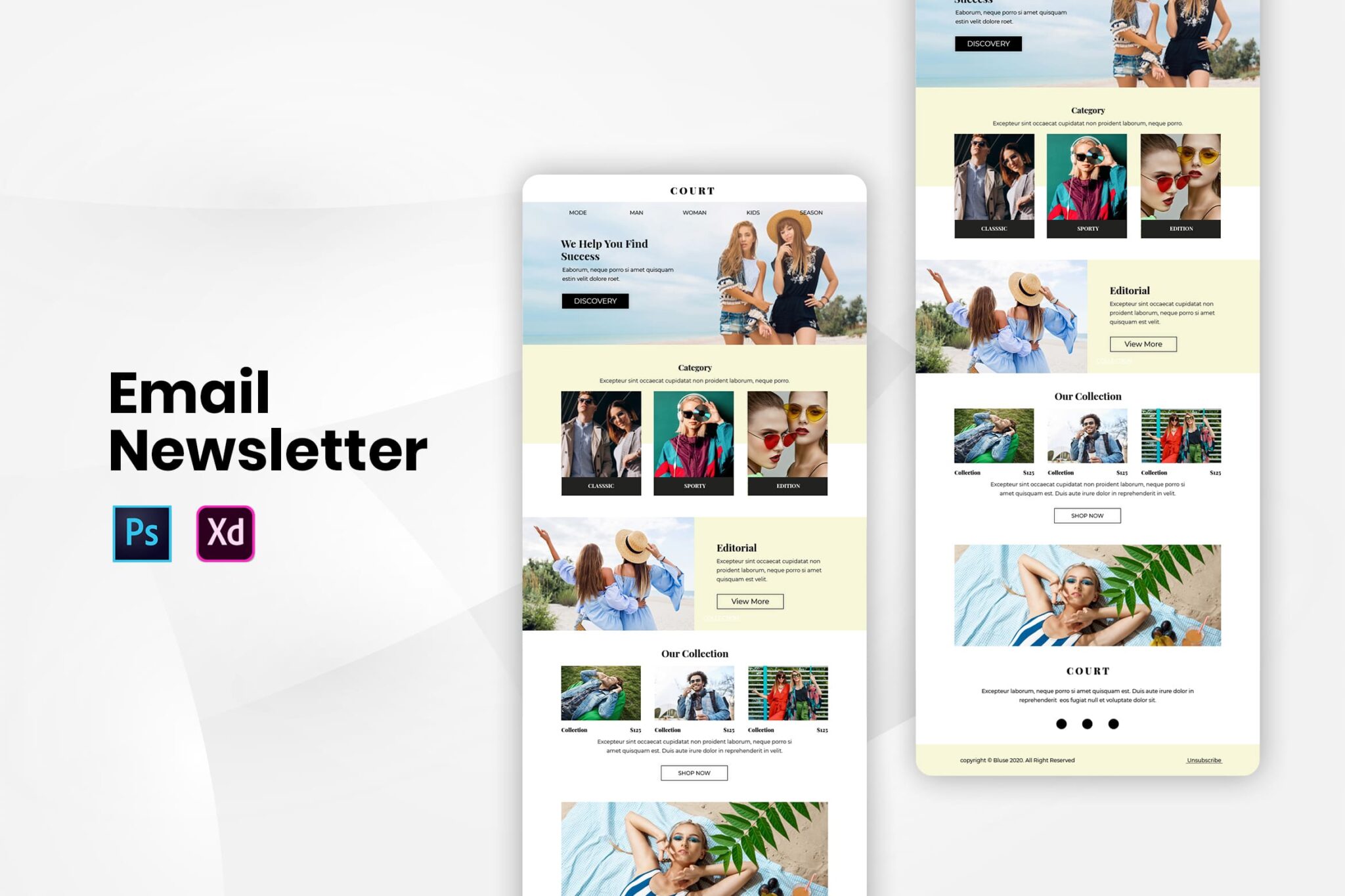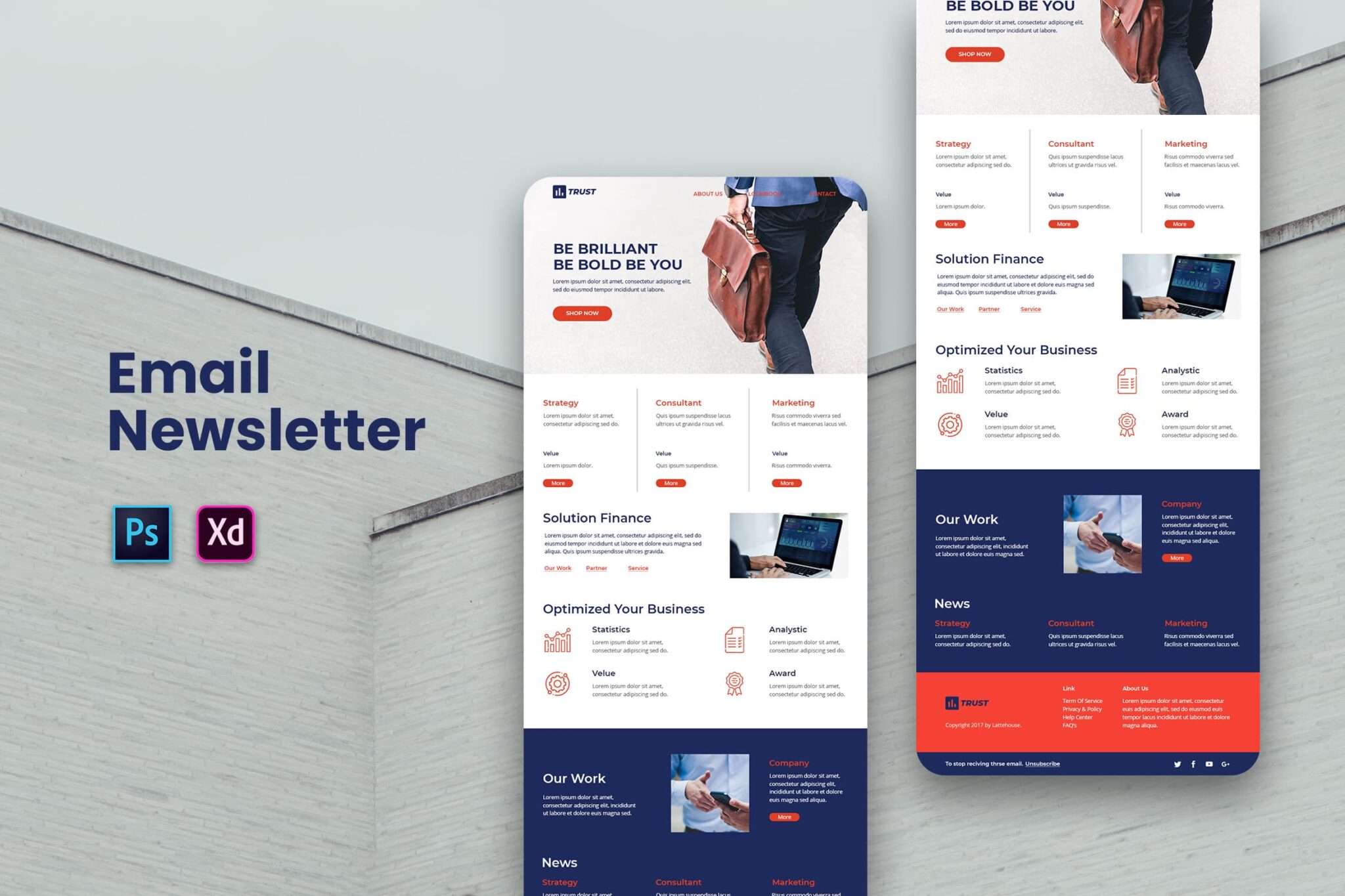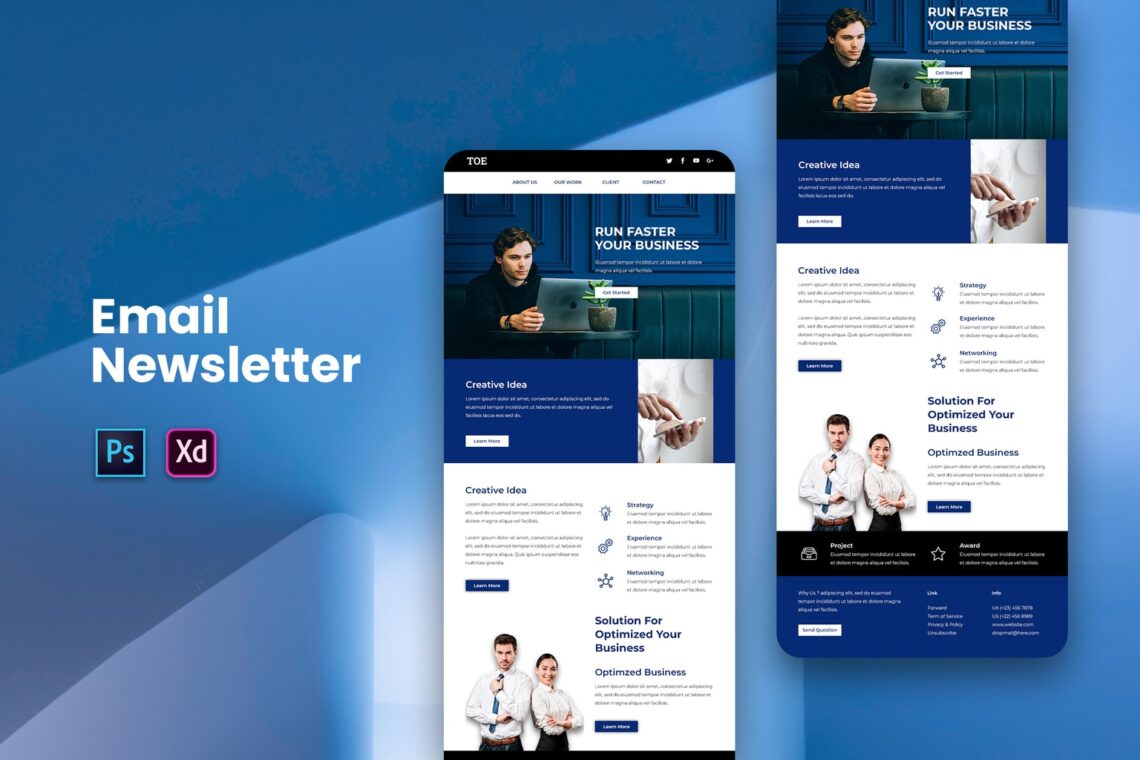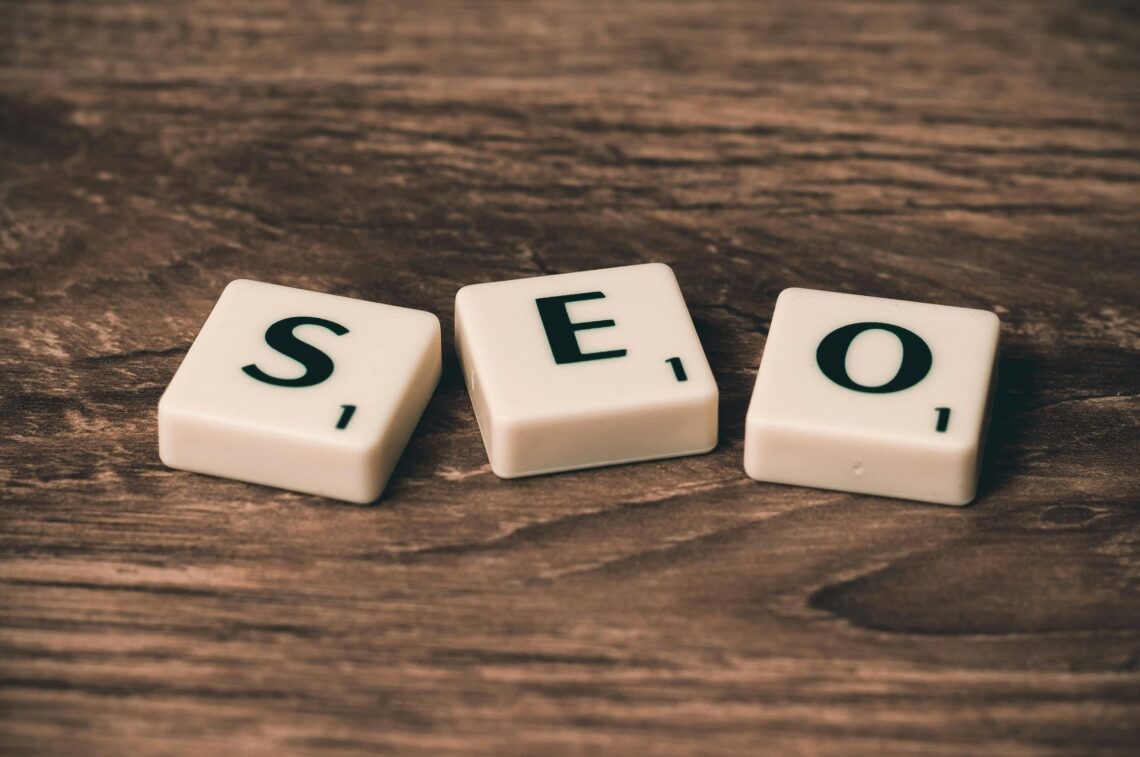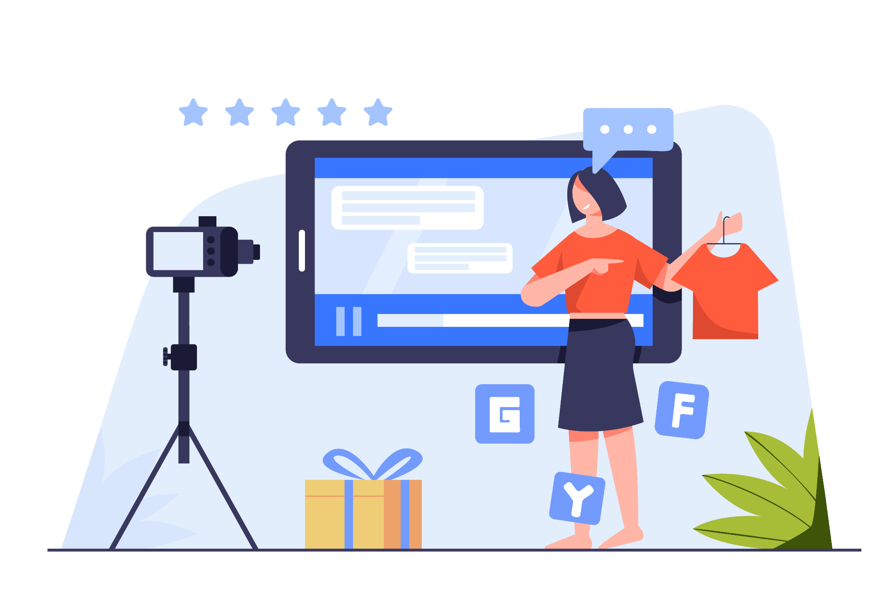
Subscribers to your email newsletter (best time to send an email newsletter) receive updates through email on the latest and greatest articles, features, and sales. It can aid in both keeping audiences informed and attracting new ones. Need help with an existing email newsletter or want to start fresh? Here are some things you should check off your list immediately. And if you need some help getting started, look at these fantastic samples of email newsletter design for ideas.
How To Write Newsletter Email
1. Look at some well-written examples of newsletters
How do you even begin? Examine some samples of email newsletters, both inside and outside your business, before you start writing your own. We’ve compiled the definitive lookbook by compiling dozens of our favorite email newsletter.
2. Assess the necessity for a newsletter sent via email
Do your homework to find out what steps to take. Is it common for individuals to subscribe to email newsletter in your industry? What are they made of? Could you be effective with the resources at your disposal (time, money, and internal backing)?
The next step is to evaluate why your company exists. Is it their intention to get more potential customers interested? How can salespeople improve lead qualification? Get more business? Increase your customer retention?
For example, if you want to spend your time producing a lead-nurturing email process or blog material, but your business isn’t interested in email newsletters, you could be better off doing something different.
3. Determine the focus of your newsletter
To promote every facet of your organization, email newsletters can become unfocused and cluttered. It’s a jumbled mess, with product announcements, PR pieces, and blog entries coexisting with a random event week. Any email, newsletter or not, needs a unifying concept to make sense to the reader.
Email newsletters can be less chaotic by focusing on a single topic. You may, for example, focus on a specific industry instead of your organization overall.
4. Balance informative and promotional information in your newsletter
Your email newsletter subscribers probably don’t want to hear about your products and services 24/7. There’s only so much shilling they’ll tolerate before they tune out.
Be different. Focus on sending instructive, relevant, timely material in your email newsletters (most of the time). Leave out promotions unless you have important news about your product, service, or company.
5. You should lay down some ground rules on the website where people can subscribe
If you’ve already determined your newsletter’s primary topic and content distribution, you can focus on informing potential subscribers about these details.
Give details. Describe in detail the content of the email and how often readers may expect to receive updates. Copy what SmartBrief has done: A summary of the newsletter’s contents and a link to a sample issue are both provided on the landing page where new subscribers can sign up.
6. Use some imagination in your subject lines
There is no assurance that your email subscribers will read your messages once they arrive in their inboxes, even if they have signed up to receive them. Many marketers try to get their subscribers to open their emails using the same subject line every day, week, or month.
But, let’s be honest: such tiresome subject lines bore readers quickly. Why? The email’s subject line doesn’t entice me to open it right this second. A more effective strategy would be to make each newsletter’s subject line unique, engaging, and innovative.
7. CTA in your email newsletter
One of the defining characteristics of a newsletter is that it contains a collection of independent pieces of information, each with its unique call to action (CTAs). Nonetheless, it would help if you didn’t give equal weight to each of those CTAs.
Instead, focus on one primary call to action (CTA) you hope your subscribers will take. The remaining CTAs should be reserved for “just in case” situations. Be sure it’s crystal clear to your subscribers what you want them to do when they read your email, whether reading a specific blog post or forwarding it to a friend.
8. Minimize design and text of email newsletter
Because of its very nature, a newsletter can quickly become overwhelming. Concise writing and enough white space are the keys to making email marketing materials appear less chaotic.
Keep your writing concise because you don’t want your readers to read your email all day. You want them to go to another location (like your website or blog) to finish reading the item. A succinct description of your material will entice your subscribers to click through and read more.
9. Ensure that all photos contain alternative text
It stands to reason that you would want to incorporate visual material into your emails, given how crucial it is to the success of your marketing efforts.
Right. In contrast, dealing with email is more complicated. You need to ensure your images have one crucial component: alt text because most users will not have images enabled. When images in an email aren’t loaded, the alt text is displayed instead. If your calls to action (CTAs) are images, you should check to see if they are still getting clicks even if the user has disabled images.
10. Create a simple process for consumers to cancel their subscriptions
This goes against common sense, yet keeping your mailing list fresh and full of interested people is essential. Don’t talk to us in phrases like “Alter your communication with us” or nonsensical phrases. Avoid placing an unsubscribe link behind a picture that doesn’t have alternative text. An obvious way for people to unsubscribe from your list can assist keep your list clean and prevent your emails from being flagged as SPAM.
When you begin sending out newsletters regularly, you will soon be able to determine what you should aim for in terms of open rate. You will also be able to determine immediately whether your message resonates with your audience.
The conclusion is as follows. You are prepared to launch your email newsletter or adjust to the one you already have. Just be yourself, tell your story, and get ready for your emails to start generating sales for your store. Just being yourself will get you far.



